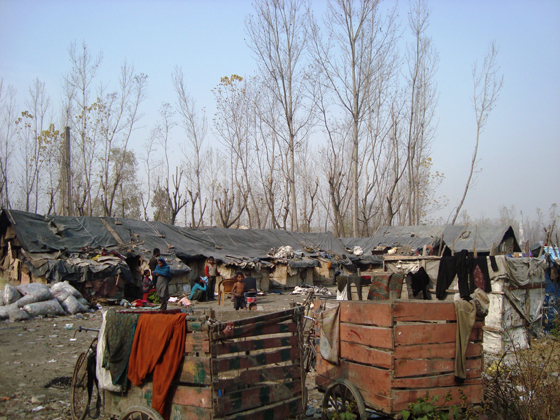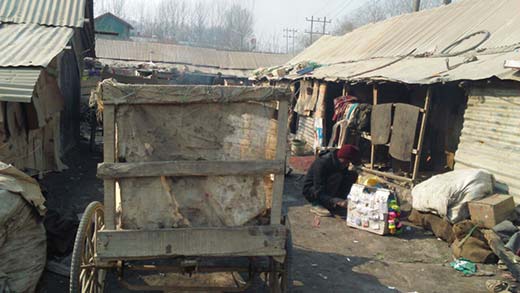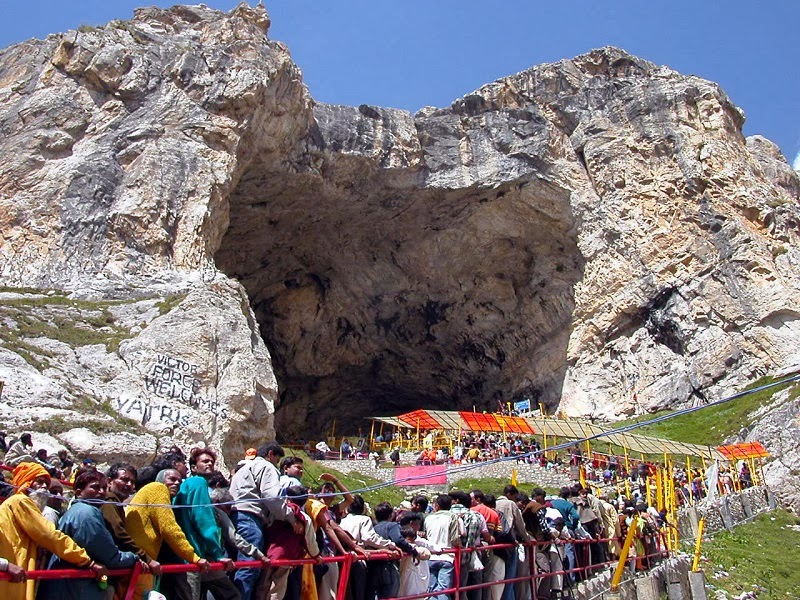by Aamir Amin Nowshahri
Press Information Bureau
SRINAGAR: World Habitat Day (WHD) is observed on the first Monday of October every year. The day was designated by the United Nations (UN) in 1985 with the idea to reflect on the state of towns and cities and the basic right of all to adequate shelter. World Habitat Day is also intended to remind the world of its collective responsibility towards the future of the human habitat.

The United Nations Centre for Human Settlements (Habitat) has been providing guidance and assistance to governments of various countries in their efforts to provide adequate shelter and services to their people, especially the poor and the disadvantaged.
The resolution passed by the UN recommending celebrating of WHD every year called upon governments to give priority in their development assistance programmes to human settlement activities as a proved means of promoting social and economic development. The resolution also calls for fair distribution of the benefits of such development to all segments of the population.
Homelessness around the world
According to a survey conducted by the UN in 2005, an estimated 100 million people were homeless around the world. A 2015 Habitat survey revealed that the number of people who “lacked adequate housing” was around 1.6 billion.
It is difficult to get an accurate picture of global homelessness as census data is typically collected keeping the household in mind and the definitions of homelessness vary from one place to another. While most census data takes into account those living in shelters and/or receiving government aid, it becomes difficult for census takers to keep track of the “hidden homeless”. People who fall in this category may be residing in inadequate settlements such as slums, squatting in structures not intended for housing, couch surfing with friends and family, and those who relocate frequently.
The India scenario
An interesting statistic thrown up by the 2011 census reveals that there has been an overall decline in the homeless population of India. While the total homeless population of India was 19,43,476 as per the 2001 census, the figure stood at 17,73,040 in 2011: a decline of 8.76 percent.
The 2011 census also reveals that there were 28 percent less homeless people from rural areas as compared to the figures for 2001. The corresponding number of homeless people in urban areas however showed an increase of around 20 percent.

Pics by Reporters
The state of Uttar Pradesh had the highest number of homeless households (72,452) according to the 2011 census, while the state of Jharkhand showed the highest percentage increase in the number of such households when compared to the numbers of the previous census (139.19 percent).
As per the 2011 census, the Kanpur Nagar district of central Uttar Pradesh has the highest rate of homelessness in the country. More than 18 people in a thousand are homeless there. Kolkata, with more than 15 homeless people in a thousand ranks second and the district of Central Delhi – in the National Capital Territory of Delhi – comes at the third spot. The industrial hub of Mumbai, which has more than 12 people in a thousand population homeless, ranks fourth. The official homeless population of India also includes 2.7 lakh children.
A story done by the Hindustan Times newspaper in March 2017 noted something interesting – the total number of homeless people in India is greater than the entire population of Mauritius. Also interesting is the fact that if all the homeless people of India were gathered and put together in a new country, its population would be larger than 83 countries of the world.
Talking about the number of homeless households in Jammu and Kashmir, the number of such households in the state reflected an increase of 44.32 percent if we compare the figures of the 2011 census with those of 2001. While the number of such households was 2,130 in the 2001 census, it stood at 3,076 in 2011.
Why celebrate World Habitat Day
World Habitat Day was celebrated for the first time in Nairobi, Kenya in 1986 with the theme “Shelter is My Right”. Every year, World Habitat Day takes on a new theme to promote sustainable development policies that ensure adequate shelter for all.
The themes often promote some of UN-Habitat’s key focal areas which include inclusive housing and social services, affordable and sustainable transport and energy, safe and clean drinking water and sanitation, healthy air quality, improved urban planning and better waste management among others.
The theme for World Habitat Day 2017 is “Housing Policies: Affordable Homes”. The theme was selected after an analysis of housing affordability over the last 20 years revealed that despite increasing demand, housing (including rental housing) continue to remain largely unaffordable for a majority of the world population. While on the one hand millions of people lack suitable homes, the stock of vacant houses is gradually increasing on the other.
The Habitat Scroll of Honour award, currently the most prestigious human settlements award, is presented to winners during the Global Observance of World Habitat Day. The award was instituted by the United Nations Human Settlements Programme in 1989 and aims to acknowledge outstanding contributions in various fields such as shelter provision, highlighting the plight of the homeless, leadership in post conflict reconstruction, and developing and improving human settlements and quality of urban life.
( Author is Information Assistant, PIB Srinagar.)















